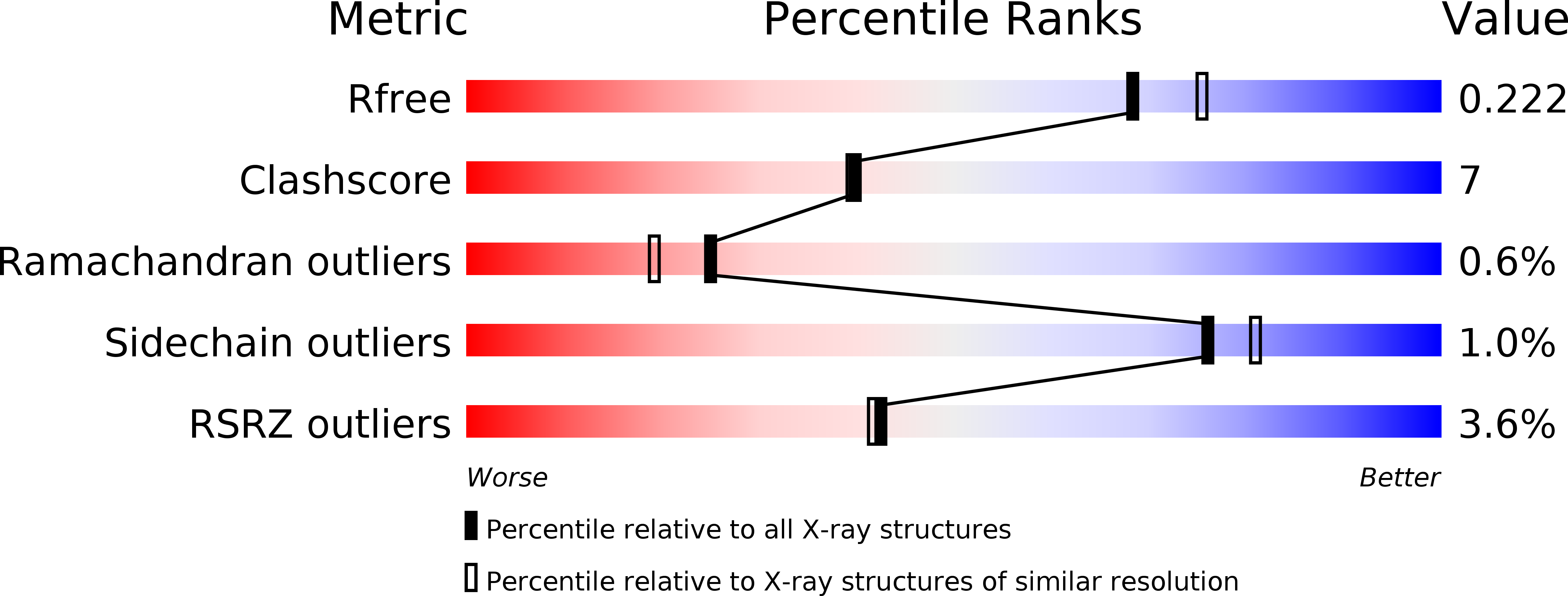
Deposition Date
2011-09-02
Release Date
2012-02-15
Last Version Date
2024-10-09
Entry Detail
PDB ID:
3TNW
Keywords:
Title:
Structure of CDK2/cyclin A in complex with CAN508
Biological Source:
Source Organism:
Homo sapiens (Taxon ID: 9606)
Bos taurus (Taxon ID: 9913)
Bos taurus (Taxon ID: 9913)
Host Organism:
Method Details:
Experimental Method:
Resolution:
2.00 Å
R-Value Free:
0.22
R-Value Work:
0.18
R-Value Observed:
0.18
Space Group:
P 21 21 21


